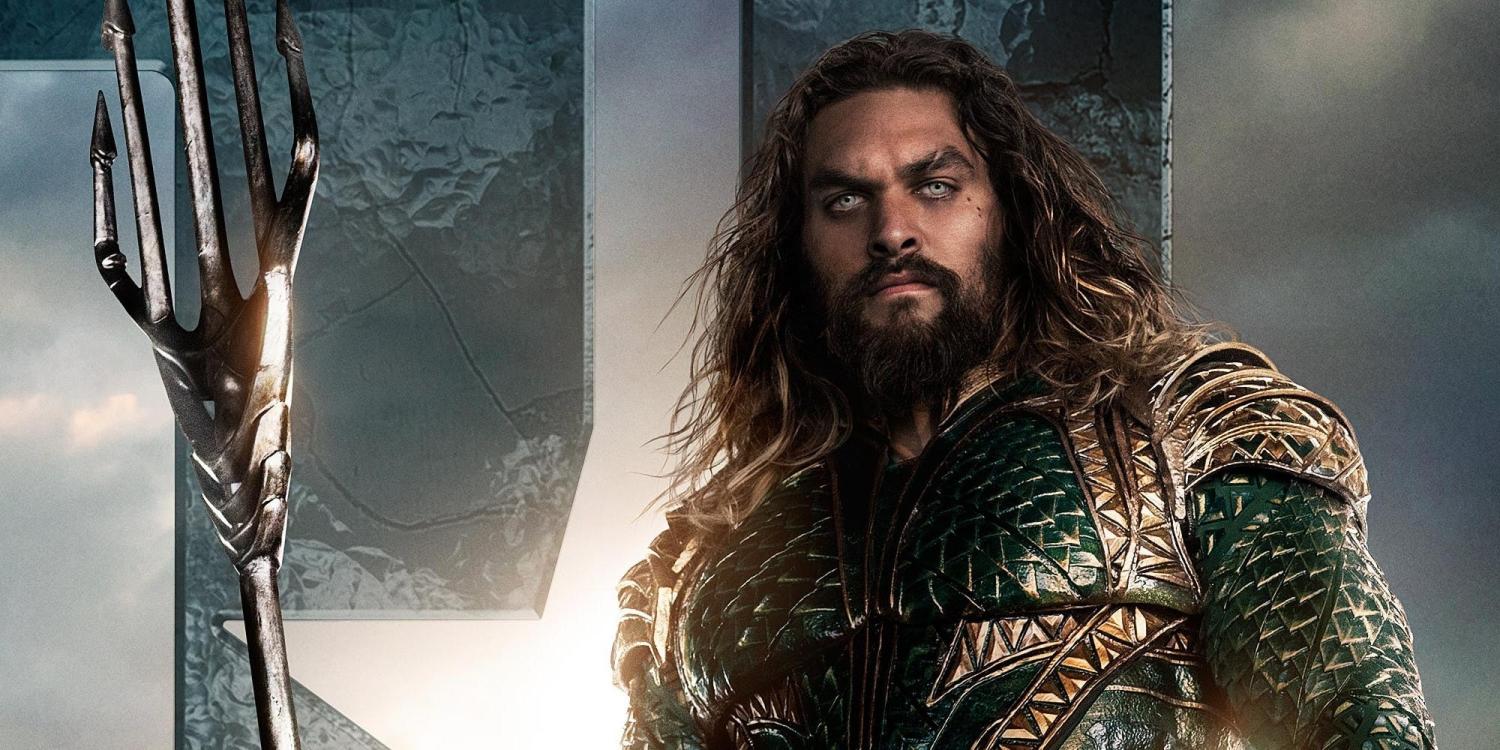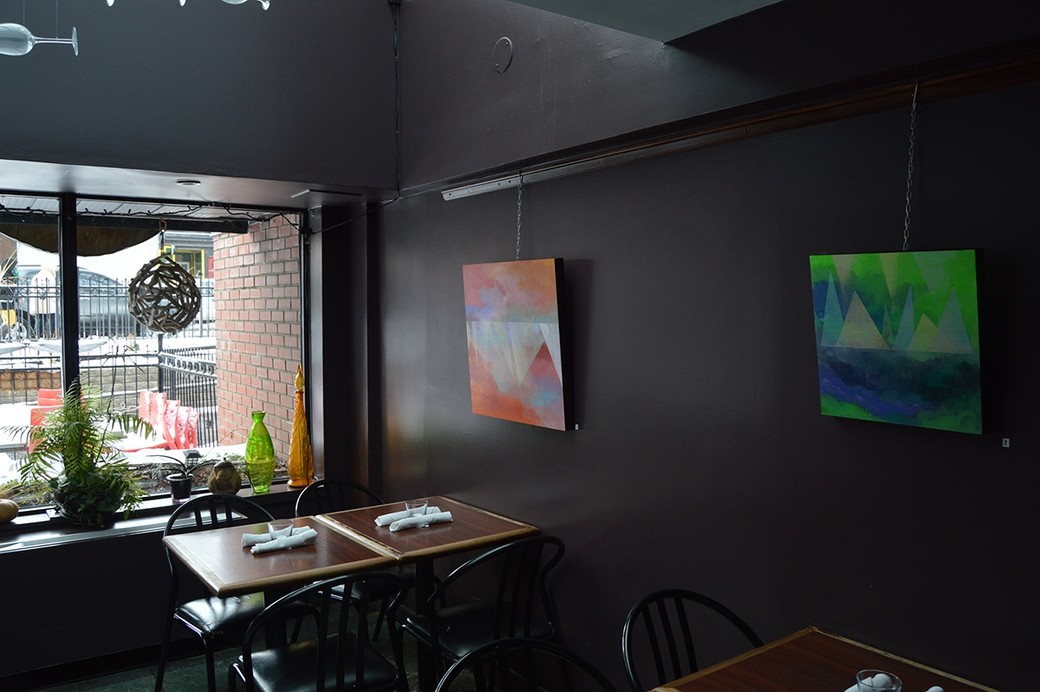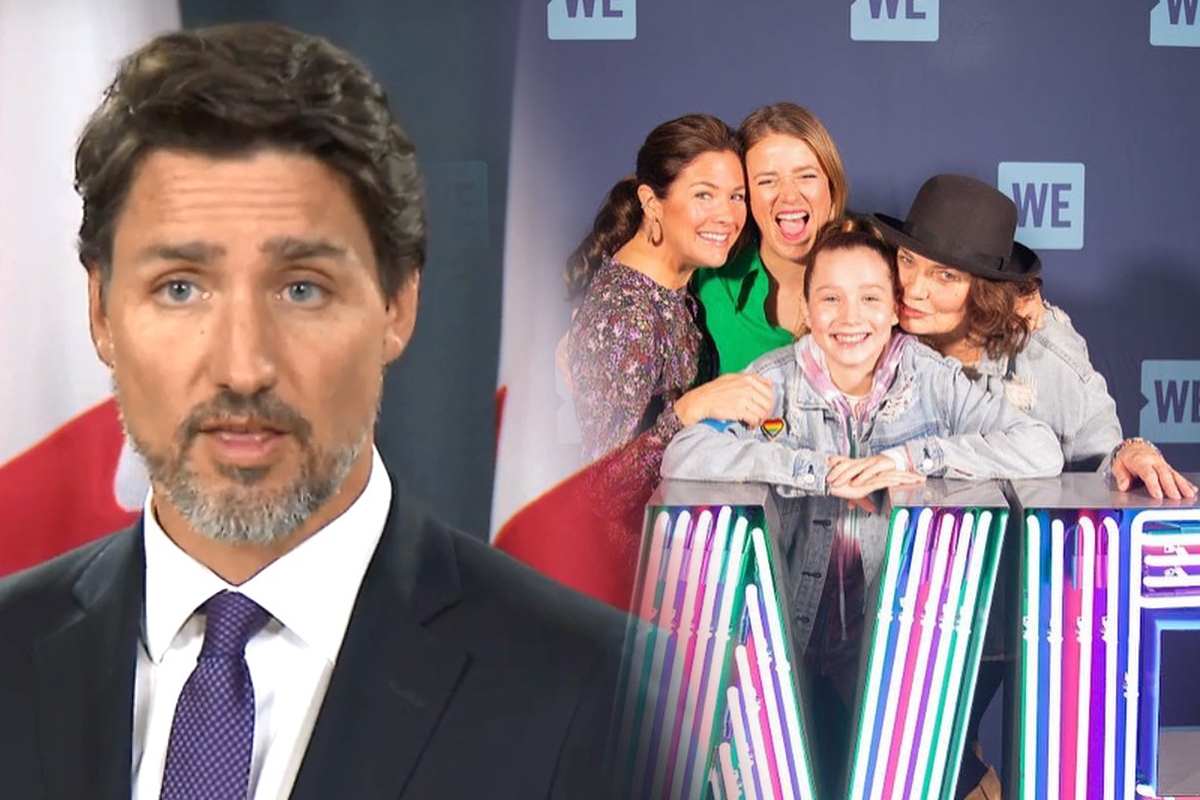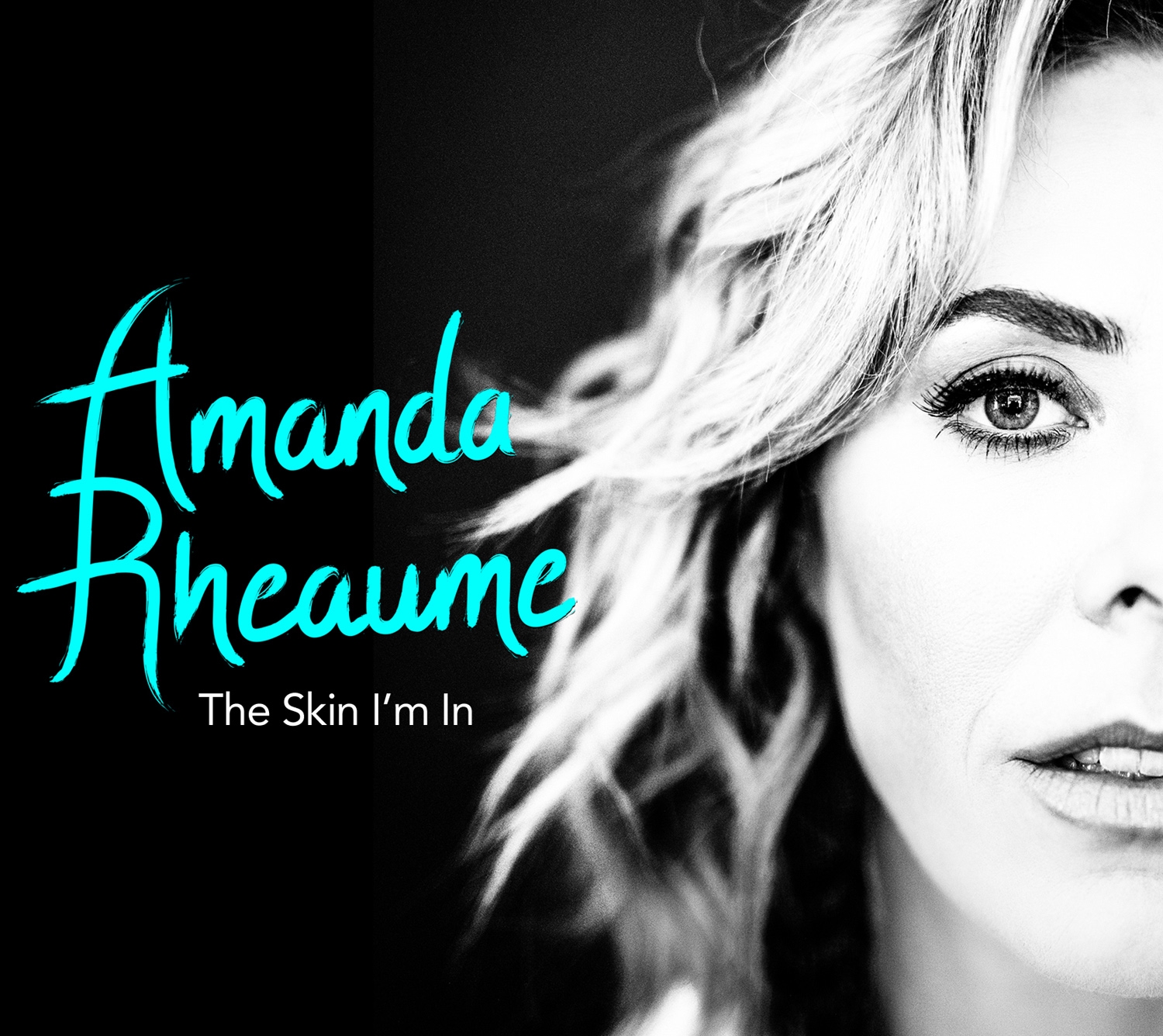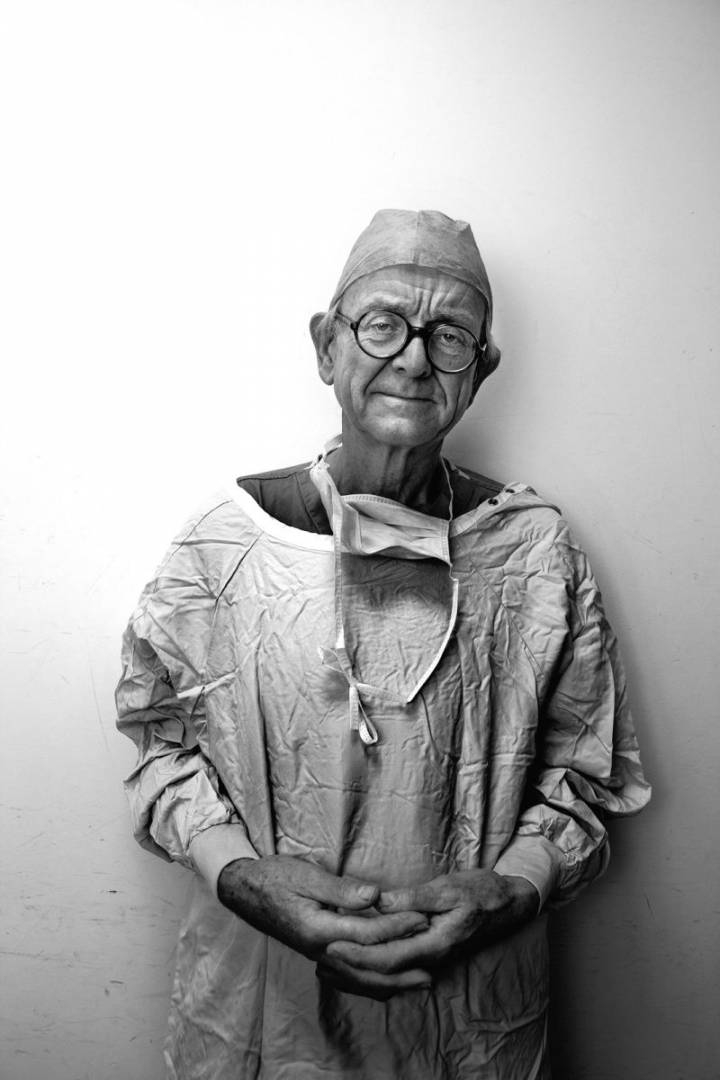
Review: A Neurosurgeon’s Challenge
Do No Harm: Stories of Life, Death and Brain Surgery
Henry Marsh
St Martin’s Press, New York, 2014.
Reviewed By Don MacLean
Consider, if you will, the delicate surgical task of removing a pineocytoma, which is defined as “an uncommon, slow growing tumour of the pineal gland.” The patient is a young man who initially believed his pounding headaches were stress induced. His doctor instead gave him the grim news that he was suffering from a tumour which, if left untreated, would eventually kill him. Among the first surgical priorities is cutting through the meninges – the lining beneath the skull that secures the brain and the spinal cord. Once accessed, the surgeon will employ a microscope to search the exceedingly small gap separating the upper and lower levels of the brain for the tumour in question.
The surgeon must be at once supremely cautious but confident. For he finds himself in the immediate vicinity of parts of the brain which cannot be damaged. There are veins whose role is to transport blood away from the brain. There is the brain stem itself as well as the “posterior arteries which supply the parts of the brain responsible for vision.” He must thus navigate through this narrow space making sure to remove the tumour without doing harm to any of the surrounding tissues. Having successfully removed a portion of the tumour, the surgeon and his team anxiously await the results of the necessary biopsy to determine if it’s benign or malignant. The news is good: the tumour is benign. So the surgeon resumes the task of removing the remainder of it. The patient can expect to make a full recovery.
 This is but one of many stories that makes up the heart of Henry Marsh’s wonderful medical memoir Do No Harm: Stories of Life, Death and Brain Surgery. The story of the young man with the pineocytoma tumour illuminates both the profound mystery and the terrible challenges at the heart of neurosurgery. On the one hand, as Marsh describes, when performing a brain operation the neurosurgeon must regard the brain as any other vital organ; it’s the soft, jelly like substance located underneath the skull. On the other, the surgeon is also acutely aware that when operating on the brain he or she is cutting through the source of that person’s thoughts, feelings and memories, her sense of self and ability to navigate through the world, both mentally and physically. It’s precisely this awe inspiring notion, according to Marsh, that gives rise to a corresponding sense of burden. Accidentally cut the brain stem or cut too deeply a minutely sized blood vessel and the results can be catastrophic. Depending on the mistake, the patient might bleed to death, suffer paralysis or a stroke or both, might slip into a coma from which she will never emerge or suffer permanent brain damage. The stakes, it goes without saying, are enormously high.
This is but one of many stories that makes up the heart of Henry Marsh’s wonderful medical memoir Do No Harm: Stories of Life, Death and Brain Surgery. The story of the young man with the pineocytoma tumour illuminates both the profound mystery and the terrible challenges at the heart of neurosurgery. On the one hand, as Marsh describes, when performing a brain operation the neurosurgeon must regard the brain as any other vital organ; it’s the soft, jelly like substance located underneath the skull. On the other, the surgeon is also acutely aware that when operating on the brain he or she is cutting through the source of that person’s thoughts, feelings and memories, her sense of self and ability to navigate through the world, both mentally and physically. It’s precisely this awe inspiring notion, according to Marsh, that gives rise to a corresponding sense of burden. Accidentally cut the brain stem or cut too deeply a minutely sized blood vessel and the results can be catastrophic. Depending on the mistake, the patient might bleed to death, suffer paralysis or a stroke or both, might slip into a coma from which she will never emerge or suffer permanent brain damage. The stakes, it goes without saying, are enormously high.
Do No Harm unfolds as a series of stories, most but not all of which revolve around patients and the various types of tumours requiring surgery. The book’s layout affords many advantages for the reader, chief among which is the little bit of insight it gives into the exceedingly complex and challenging world of tumours and neurosurgery. We learn about many of the different tumours with which people can be afflicted. The ependymoma, for example, is “a cerebral tumour derived from the non-nervous cells lining the cavities of the ventricles of the brain.” More crucially, we learn something about the intricate and delicate interconnections between tumours and other internal, life sustaining processes. Indeed, in many cases it’s not so much the tumour that causes the damage but rather the way the tumour compromises, obstructs and interferes. The pineocytoma, for instance, prevents the regular circulation of cerebro spinal fluid around the brain. The blockage creates enormous pressure on the head. Severe headaches might be the first sign that something is amiss.
Some of the stories take the reader in unanticipated directions. The chapters in which Marsh recalls his time in the Ukrainian capital Kiev are cases in point. The reader’s initial impression might be that he is straying too far from the world of medicine and tumours. In the end their effect is to give the book added depth. In one chapter Marsh skillfully and beautifully describes Ukraine’s bleak post Soviet landscape: the derelict buildings, the relentlessly grey cityscapes, the ubiquity of prostitutes. In this and in other ways the country was an unfortunate revelation for Marsh. He was invited to go with the assurance that Ukraine’s neurosurgery practices were every bit as advanced – if not more so – than was true in London and the west more generally. That assurance, he discovered, was part of a more pervasive illusion of progress peddled for so many decades by the former Soviet Union. The illusion disappeared like the morning mist shortly after he was introduced to the hospital where those suffering from tumours and other brain disorders were treated. There he discovered antiquated equipment and procedures. Doctors were ill informed. Patients suffered horribly and often needlessly. So began a life long commitment to working with Ukrainian neurosurgeons and their patients.
If Marsh has an overriding aim, however, it’s to trace the arc of his shifting approach to his craft. Now retired, the reader senses his need to take stock of his career. He recalls his initial motivation in choosing neurosurgery. There was mystery, beauty, challenge and the ability to help cure ailing patients. “What could be finer,” he recalls asking himself, “then to be a neurosurgeon?” Experience, however, severely tests his initially lofty thoughts and hopes. Over the years Marsh becomes somewhat jaded, and keenly and often painfully aware of his own limitations as a neurosurgeon. Those limitations are bound up with those of medicine itself. Not every brain can be healed, not every tumour successfully removed or otherwise treated. Part of a good neurosurgeon’s hard earned wisdom is knowing when surgery is appropriate – or not.
 But Marsh’s sense of limitations is also a function of his mistakes – grave mistakes that sometimes destroyed the lives of his suffering patients. Marsh’s frank assessment of his errors is part of what gives the book a peculiar power. He recalls an incorrect diagnosis made over the phone after successfully operating on the patient in question. He was too quick to diagnose what struck him as a simple case of post operative inflammation. The patient, as it turned out, was suffering from a type of streptococcal infection. If treated quickly the infection could be tamed without causing permanent damage. That it wasn’t initially caught meant the patient would live but only after being rendered nearly completely paralyzed. Such are the risks associated with brain surgery: when mistakes happen in most other fields of medicine they can often be rectified. When they happen in neurosurgery the results are more likely devastating and irreversible. Although Marsh is reconciled to his errors, they retain their power to not only haunt but to teach. As the title of the book suggests, they facilitate a necessary humility and modesty. By the end of his career, ‘Do no harm’ was Marsh’s over riding priority.
But Marsh’s sense of limitations is also a function of his mistakes – grave mistakes that sometimes destroyed the lives of his suffering patients. Marsh’s frank assessment of his errors is part of what gives the book a peculiar power. He recalls an incorrect diagnosis made over the phone after successfully operating on the patient in question. He was too quick to diagnose what struck him as a simple case of post operative inflammation. The patient, as it turned out, was suffering from a type of streptococcal infection. If treated quickly the infection could be tamed without causing permanent damage. That it wasn’t initially caught meant the patient would live but only after being rendered nearly completely paralyzed. Such are the risks associated with brain surgery: when mistakes happen in most other fields of medicine they can often be rectified. When they happen in neurosurgery the results are more likely devastating and irreversible. Although Marsh is reconciled to his errors, they retain their power to not only haunt but to teach. As the title of the book suggests, they facilitate a necessary humility and modesty. By the end of his career, ‘Do no harm’ was Marsh’s over riding priority.
This sort of arc to a career in medicine is perhaps not all that surprising. The path from brash and supremely confident to humble and modest is well traveled among doctors. Marsh’s voice and style is unique in so far as he seems to ceaselessly move between these and other competing poles. Thus, he is compassionate and generous but combative and irritable as well. He can be humble but still openly declare an arrogant disdain for hospital managers. A similar sort of tension makes its way into the operating theatres. Unanticipated problems raise his blood pressure at precisely the moment requiring calm, deliberate focus. Otherwise the problem will not be contained and further disaster will follow. Marsh’s ability to convey these alternating and competing sentiments – those rooted in the noble desire to help suffering patients and those rooted in the pressures and frustrations associated with his craft – is ultimately what makes Do No Harm such a revealing book.

